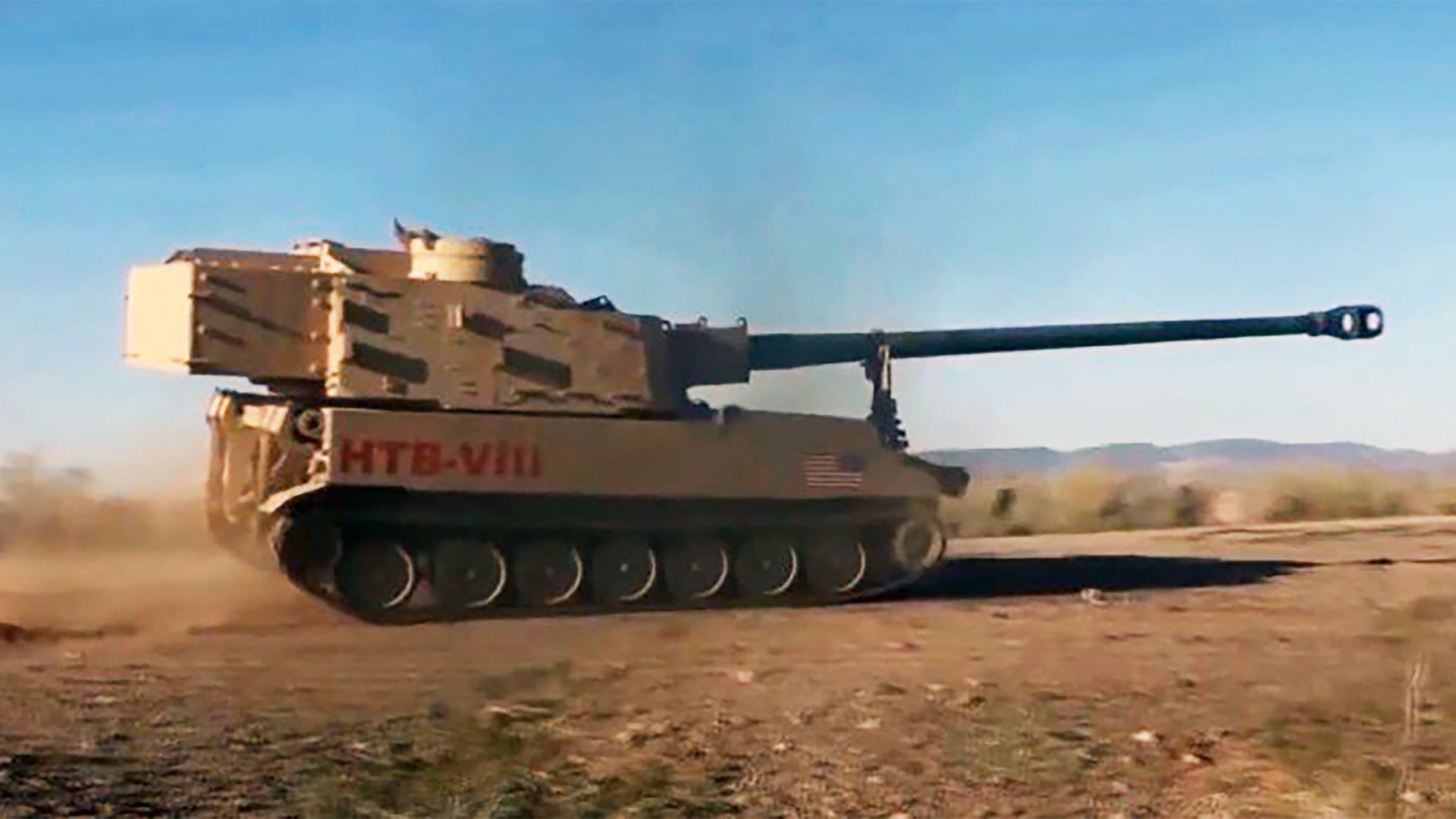Driven by concerns about its artillery units getting outranged in large-scale conflicts against “great power” opponents, such as Russia and China, the U.S. Army has been steadily pushing to extend the range of its self-propelled and towed 155mm howitzers. The service has already doubled the range of those weapons to 40 miles using advanced rocket-assisted ammunition, but is now looking to find ways for them to hit targets up to 80 miles away.
U.S. Army Colonel John Rafferty, the director of the Long Range Precision Fires (LRPF) Cross-Functional Team (CFT), part of the Army’s new Futures Command, explained the new range goal to reporters on Oct. 10, 2018, at the Association of the U.S. Army’s (AUSA) annual exhibition in Washington, D.C. When the service first created the LRPF CFT to coordinate all advanced artillery developments in 2017, the plan was to increase the range of 155mm howitzers to more than 60 miles.
“I think there are a couple of technologies out there that allow us to get to 120-130 [km; approximately 75 to 80 miles],” Rafferty said on Oct. 10, 2018. “I think that’s entirely doable.”
The 155mm howitzer related efforts are all grouped together into a program known as Extended Range Cannon Artillery (ECRA), which has been ongoing since 2016. The project’s most visible product so far has been the XM907 howitzer cannon. This new barrel is longer and more robust to handle more powerful ammunition and propelling charges. It is hundreds of pounds heavier and six feet longer than the barrels in use today on the Army’s M777 towed howitzers and M109A6 and A7 self-propelled types.
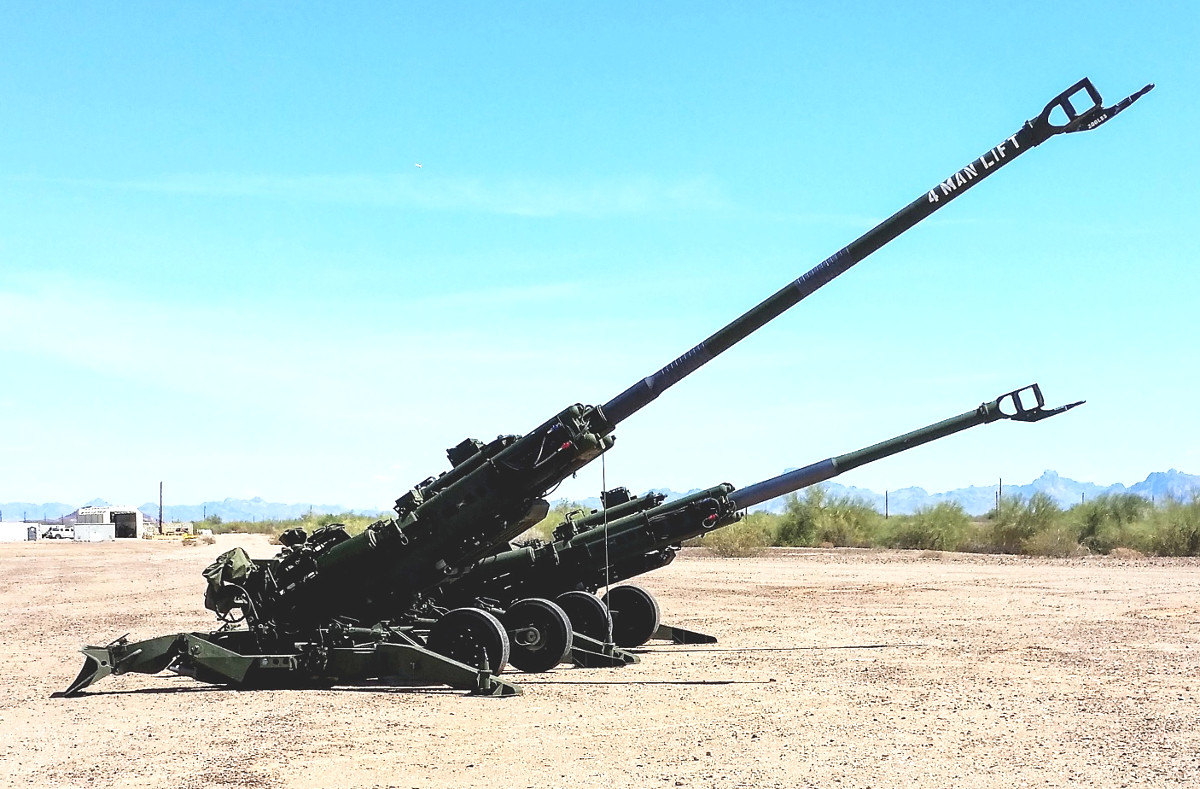
“We just doubled the range of our artillery at Yuma Proving Ground,” U.S. Army General John Murray, the head of Futures Command, said in separate remarks at the AUSA gathering regarding the XM907. During the test, a howitzer with the new barrel was able to hit a target approximately 40 miles away.
Murray did not say what ammunition soldiers used during this experiment, but it seems most likely that round in question was one of the new XM1113 rocket-assisted shells coupled with the XM654 “supercharge” propellant, both of which are other development efforts within the ERCA program. Norwegian defense contractor Nammo is building the rounds for the Army and also says they have a maximum range of around 40 miles.
The video below shows various tests of the XM907 cannon on modified M109 self-propelled howitzer testbeds, including what appears to be one firing a rocket-boosted XM1113 shell beginning at 0:18 in the runtime.

This is definitely an impressive achievement, giving the guns equivalent range to the 227mm guided artillery rockets that the Army relies on now to hit targets at those distances. However, it’s still half of the new goal of hitting enemies 80 miles away.
Part of the answer about how the Army plans to double the range of its 155mm howitzers again may involve lengthening their barrels even more. The XM907 is already significantly longer than the tubes on the service’s existing howitzers, but there have been indications that there might be plans to extend it up to another three feet.
There’s only so long you can make it before you run into problems, though. The longer the barrel is, the more it is liable to bend when troops fire the gun, especially with extended range ammunition using powerful propellant charges. It may also flex more during transit, especially in off-road conditions. This can all reduce the barrel life or force engineers to make it more robust, adding additional weight.
The other option is to develop other types of specialized extended range ammunition. Unfortunately, the laws of physics will eventually start to limit what the Army can do with a more traditional 155mm shell.
The XM1113, together with the XM654 supercharge, already seems to be getting to the limit of what might be possible with conventional rounds. Colonel Rafferty, the head of the LRPF CFT, explained at AUSA that the Army was looking into whether it might be acceptable to trade payload for extra range in certain cases. A shell with a smaller unitary explosive charge or fewer cluster munitions would theoretically be lighter and able to fly further, but the question is then whether it would have sufficient destructive power to take out the intended targets.
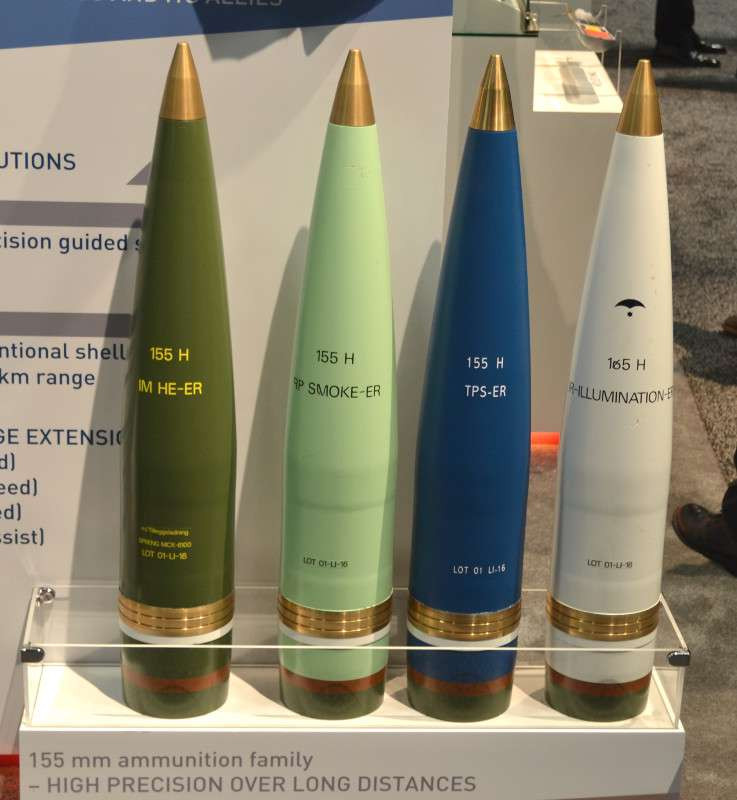
With this in mind, the Army is working on two more novel ammunition types. These are air-breathing ramjet-powered shells and hypervelocity projectiles.
At present, Boeing and Nammo appear to be the only two companies working on ramjet-powered types, a concept you can read about in more detail here. Nammo has said that its version will have a maximum range of around 60 miles, but it might be possible to boost that by using things such as the XM654 supercharge.
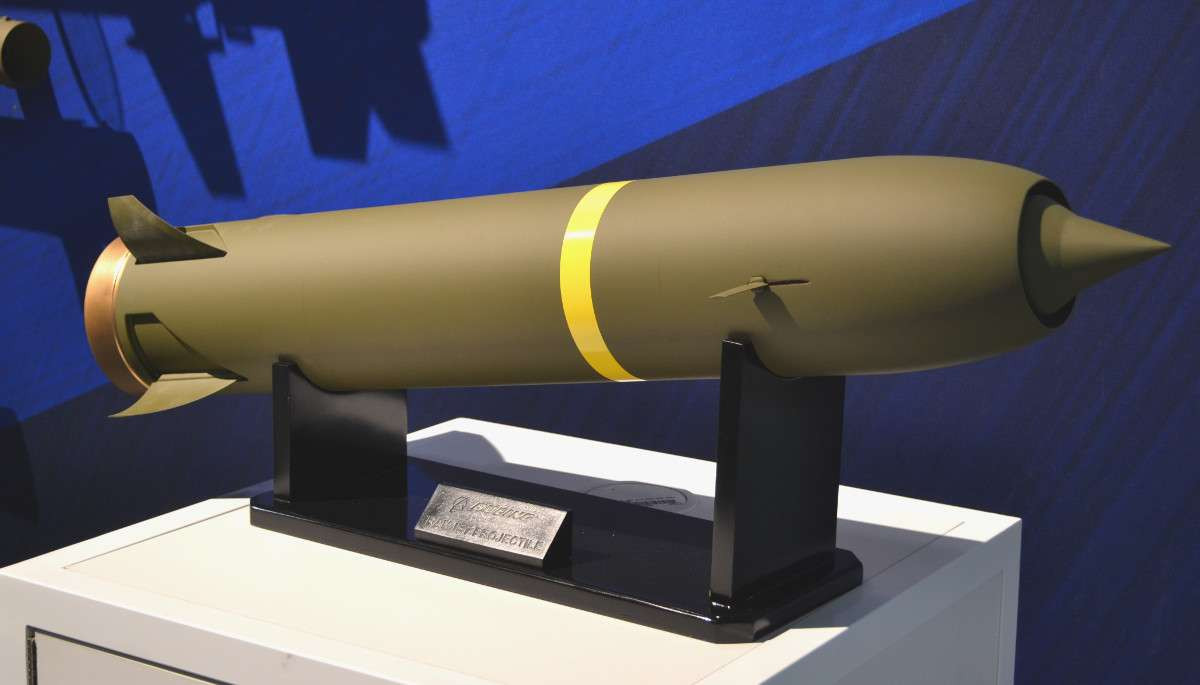
Representatives from South Korean defense contractor Poongsan at the 2018 AUSA exposition had no information on a similar concept that the firm had unveiled in 2016. South Africa’s Denel also developed a ramjet shell called ProRam in the mid-2000s, but that program appears to have gotten shelved indefinitely.
The Pentagon’s secretive Strategic Capabilities Office (SCO) is actually the one leading the development of the hypervelocity option, also known as the Hypervelocity Gun Weapon System (HGWS), in cooperation with U.S. Army, Navy, and Marine Corps. The concept is based around firing the Hypervelocity Projectile (HVP) the Navy developed for its electromagnetic railgun out of traditional guns. Though these weapons wouldn’t be able to get it going at speeds of above Mach 5, a top speed of even Mach 3 would push the projectile to far greater distances than a traditional shell.
The SCO successfully test fired the HVP from various, unspecified conventional guns in the 2016 fiscal year and planned to test just how lethal the projectile might be this year, according to Pentagon budget documents. We don’t know what the results of those live-fire experiments were or if they even occurred.
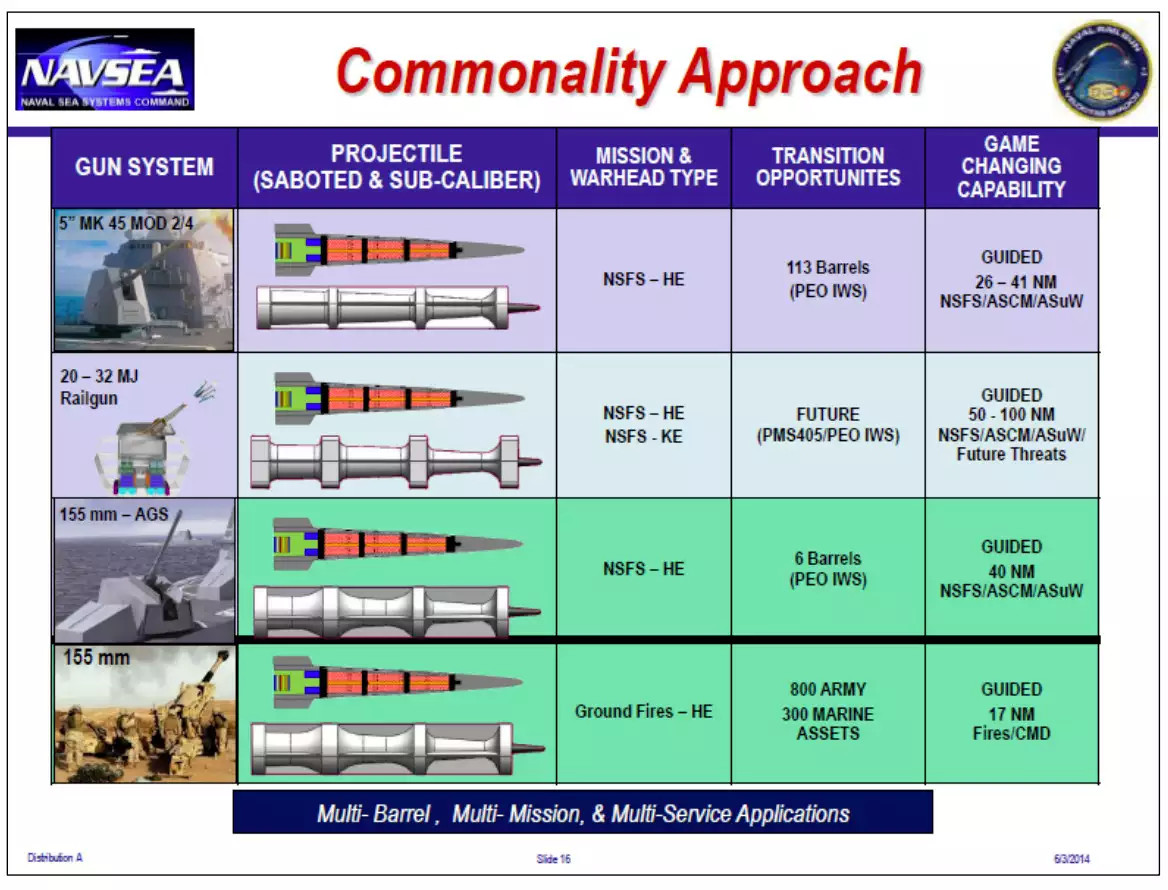
Unfortunately, both ramjet-powered shells and the hypervelocity options are complex and expensive. In 2016, the SCO said its goal was to get the unit cost of the HVP down to only $35,000. As of 2018, the price point was still around $86,000 per shot. Ramjet-powered ammunition could be exponentially cheaper than that, but still pricier than standard 155mm shells.
Of course, the benefits of a round that can hit targets up to 80 miles away would change the cost calculus significantly. While the individual shells may cost more, a single battery of howitzers at one firebase would suddenly be able to do what would’ve taken multiple bases in the past. This saves on the costs of needing to deploy, support, and protect all of the necessary personnel and assets.
The responsiveness of ground-based artillery units is typically better than air support, as well. Combined with the extreme range, it could reduce the demand for expensive to operate combat aircraft that cost more per hour to fly than a single shell would cost.
The added range would also give Army artillery units greater capabilities, including against time-sensitive targets, while still allowing them to potentially stay safely out of range of an opponent’s own howitzers and rocket artillery. The service often cites Russia’s 2S33 Msta-SM2 self-propelled 152mm howitzer, which has a maximum range of 25 miles, as one of the core threats the ECRA program is working to counter. The 80-mile range now on the table would allow American troops to outrange even some Russian, as well as Chinese, heavy rocket artillery systems.
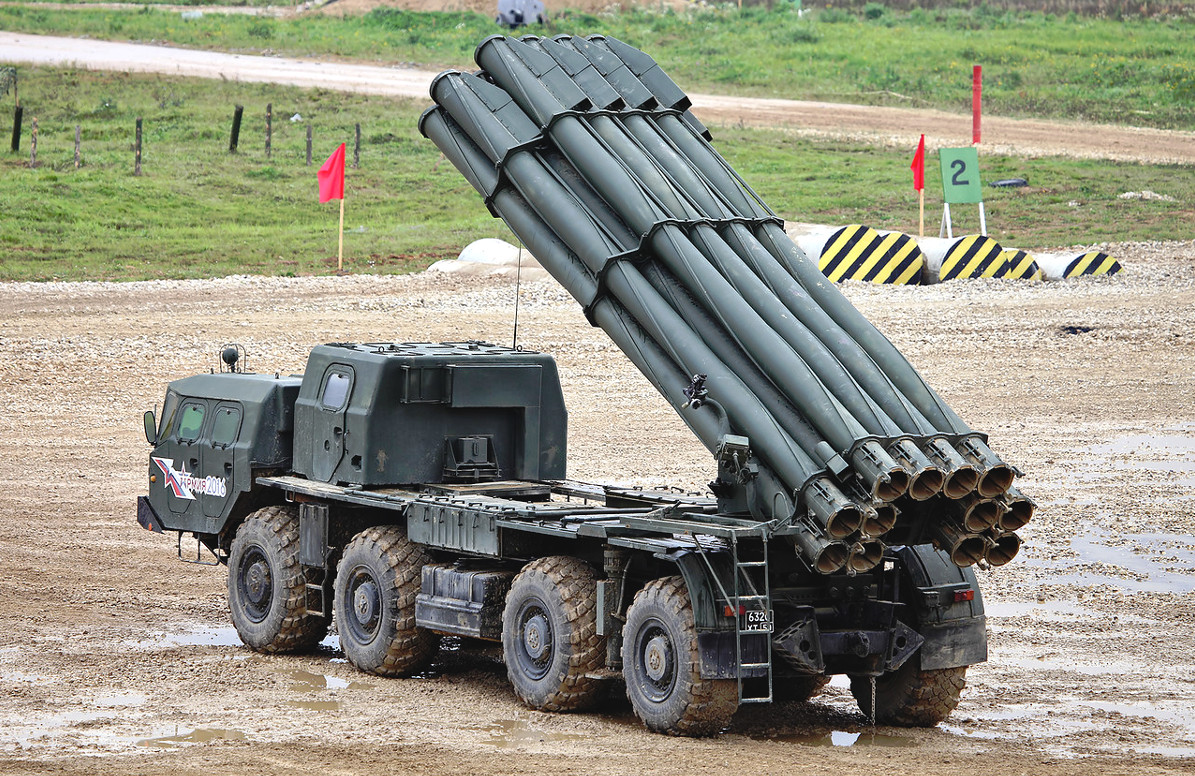
The new guns and ammunition are also just one layer of the Army’s broader artillery plans, which seeks to dramatically increase the range of its rocket artillery systems, as well as procure all-new weapons, including ground-based railguns and longer-range surface-to-surface missiles. This will only further expand the Army’s ability to deliver timely and flexible fire support and strike targets at extreme ranges.
It could be particularly useful in expeditionary or distributed warfare scenarios, such as in the Pacific region, where it may be difficult to rapidly position large amounts of existing artillery weapons in places where they can provide adequate coverage. As such, the final products of the ECRA program could be appealing to the US Marine Corps, which also has 155mm howitzers that would benefit from upgrades and new ammunition, as well.
The super-long-range howitzers look set to be the first of these capabilities to actually reach troops and will provide a significant boost in capability even if they can only engage targets at distances between 40 and 60 miles. If the Army can succeed in pushing the maximum range of its 155mm howitzers out to 80 miles, they could end up with an even more game-changing weapon in their arsenal.
Contact the author: jtrevithickpr@gmail.com
